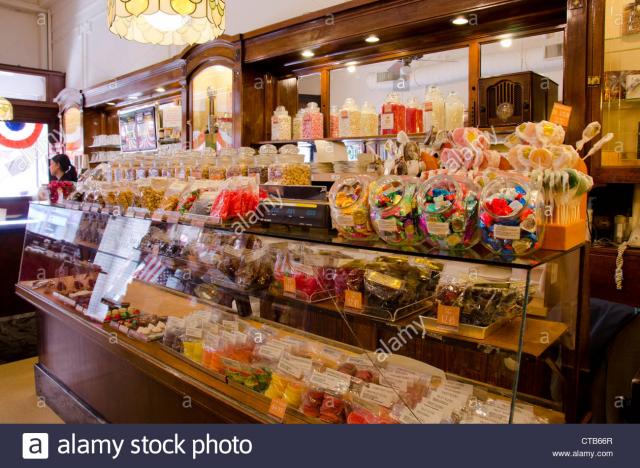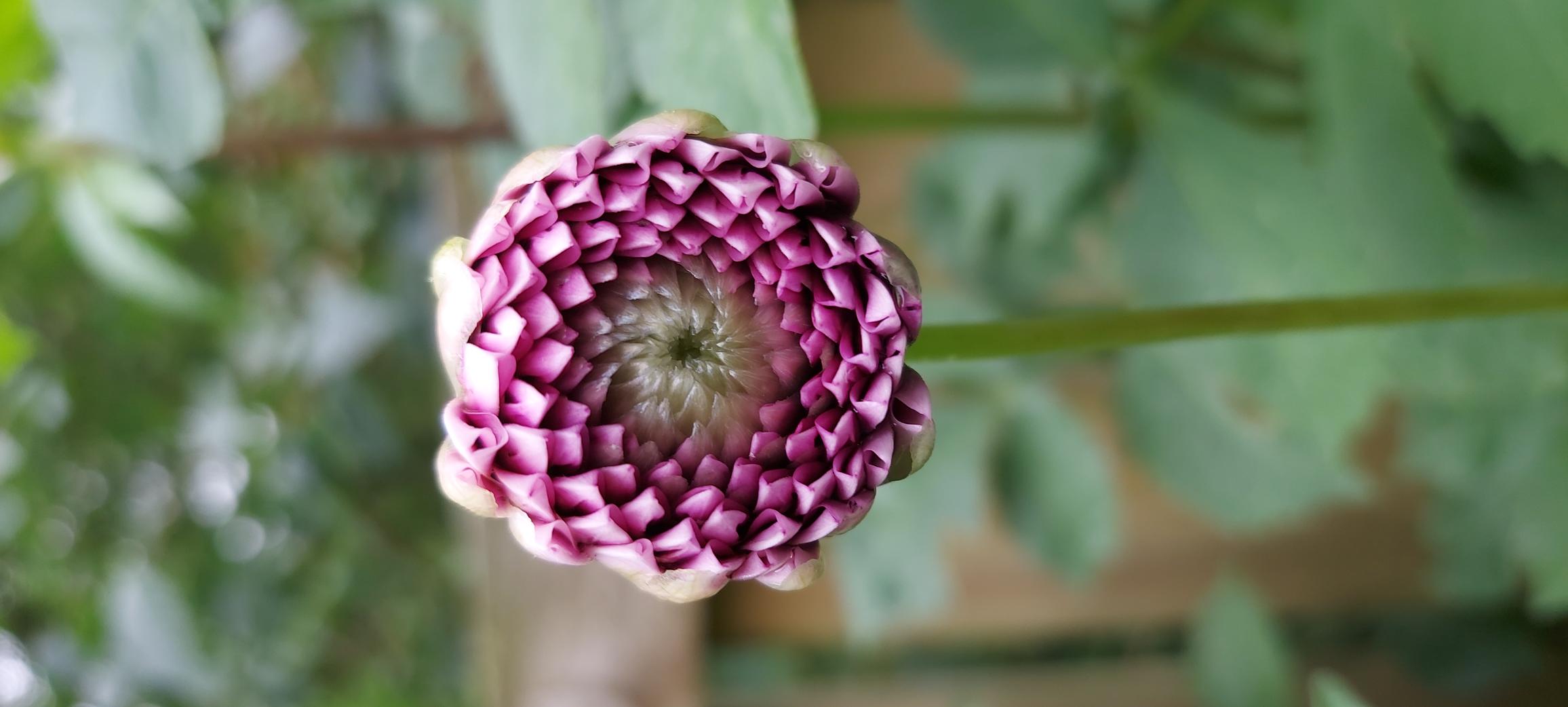About This Lesson
ESSENTIAL QUESTION: HOW DOES CANDY REFLECT THE SOCIAL OR CULTURAL HISTORY OF AMERICA?
Objectives:
SWBAT analyze, evaluate, source and annotate excerpted primary and secondary source text based on the websites and articles on the social and cultural history of candy toward skill building or the AP American History Exam.
Citations:
INTRODUCTION: Kawash, Samira (2013) Candy: A Century of Panic and Pleasure. New York: Farrar, Straus and Giroux.
WARMUP VIDEO: Retro Candy TV Commercials
https://www.candyfavorites.com/shop/retro-candy-tv-commercials.php
WEBSITE: Retro Timeline
https://www.candyfavorites.com/shop/history-american-candy.php
WEBSITE: History of Individual Candies
https://www.candyfavorites.com/shop/history-candy.php
ARTICLE: Candy Professor
https://www.smithsonianmag.com/arts-culture/a-cultural-history-of-candy-103534197/
HOMEWORK ARTICLES: Halloween and Valentine’s Day
https://www.smithsonianmag.com/history/gory-origins-valentines-day-180968156
Enjoy this lesson on the social and cultural history of candy?
Check out more free lesson plans and resources on Share My Lesson in the Halloween Lesson Plans and Resources Collection.










Living in NZ a lot of these sweets meant nothing to me.